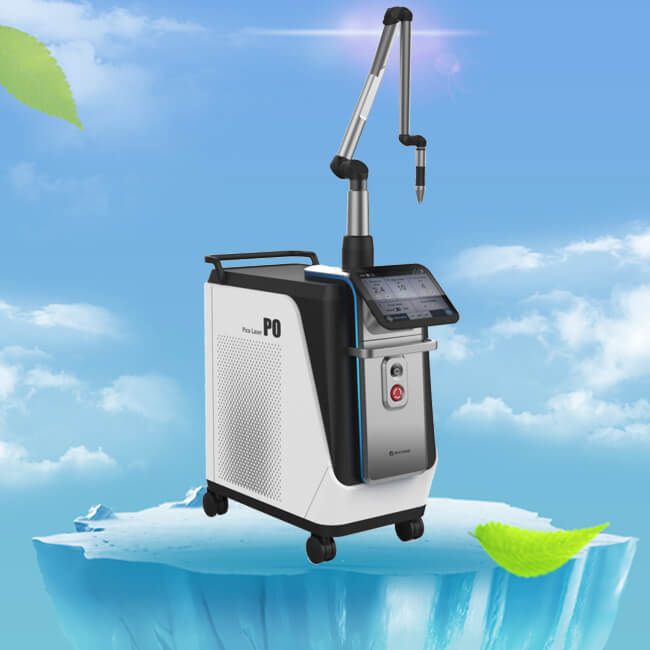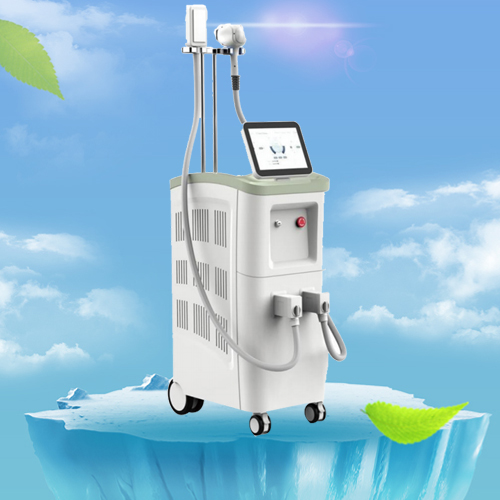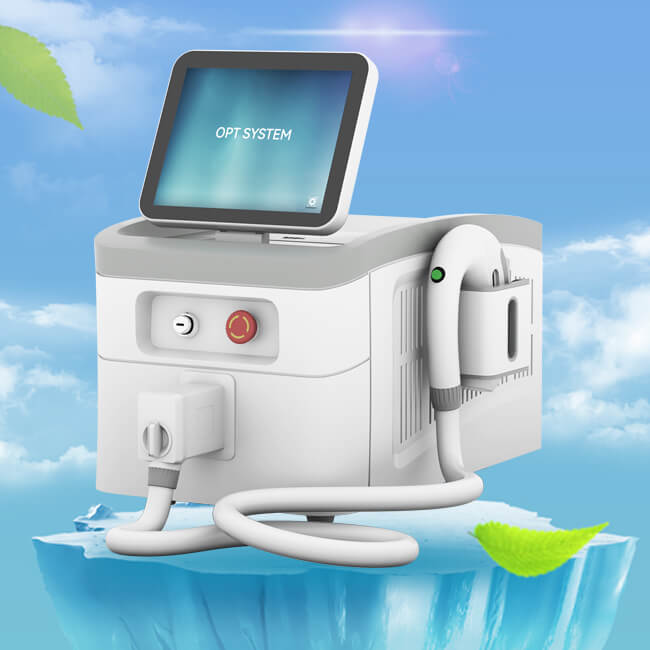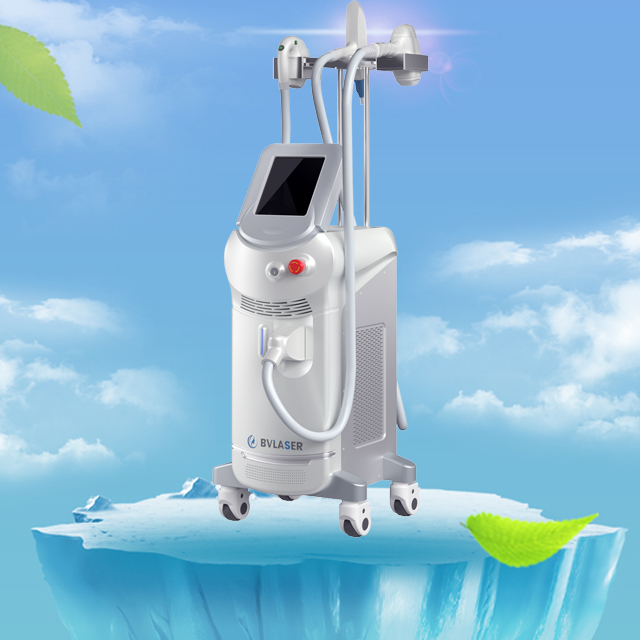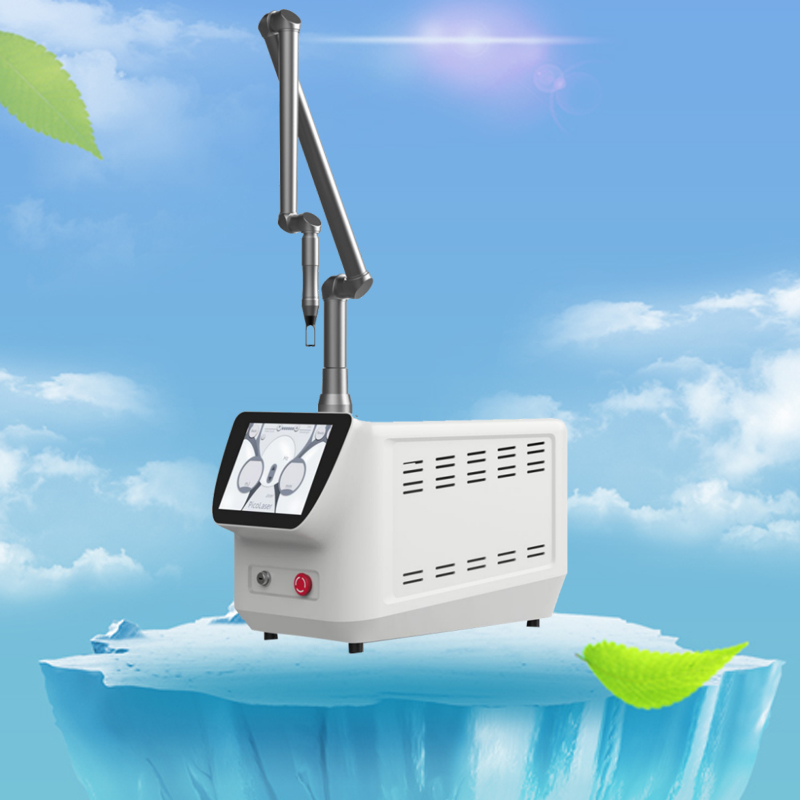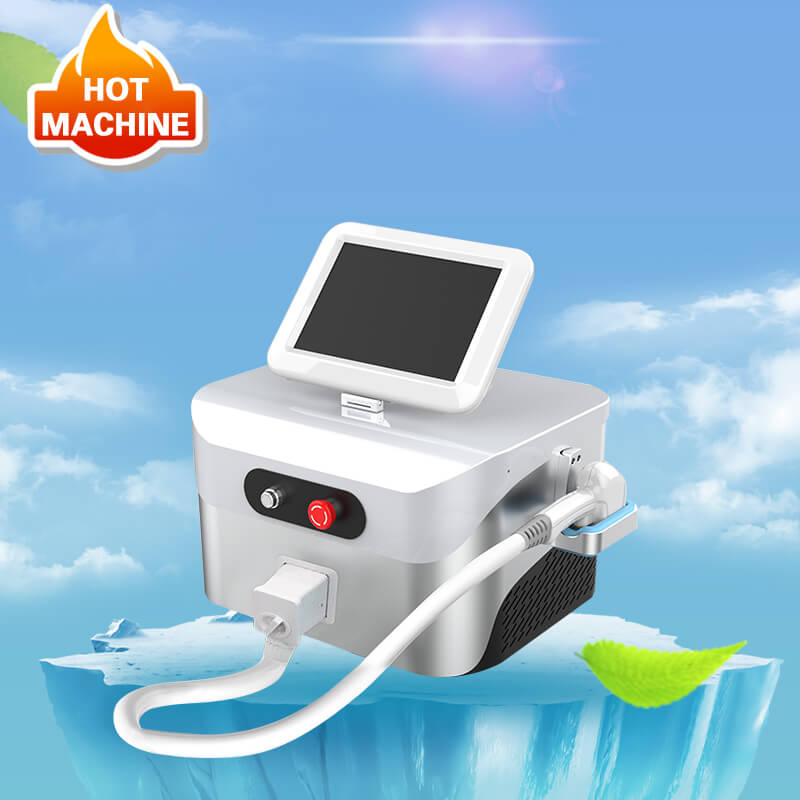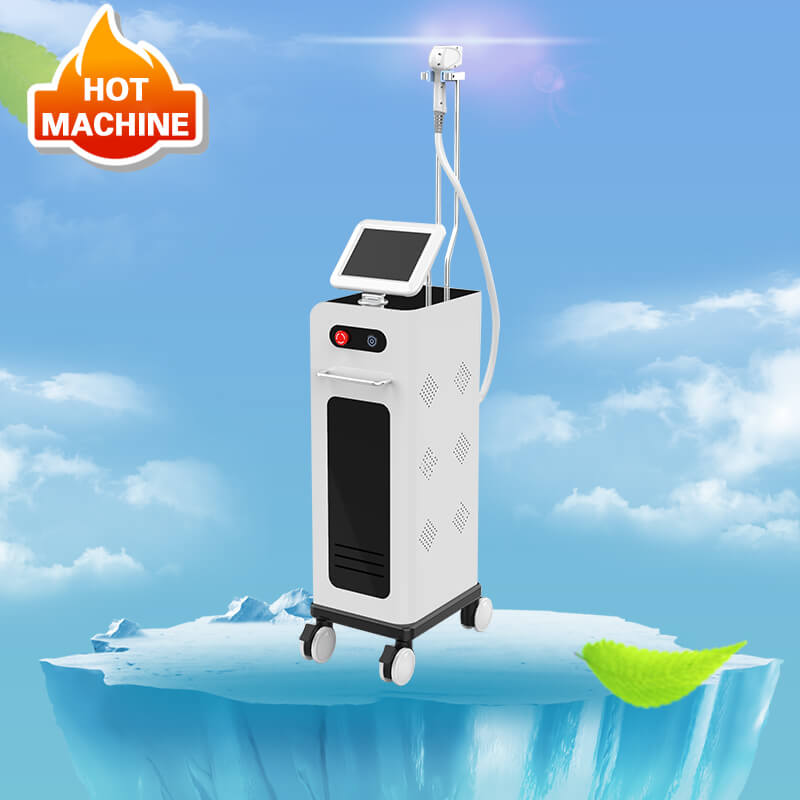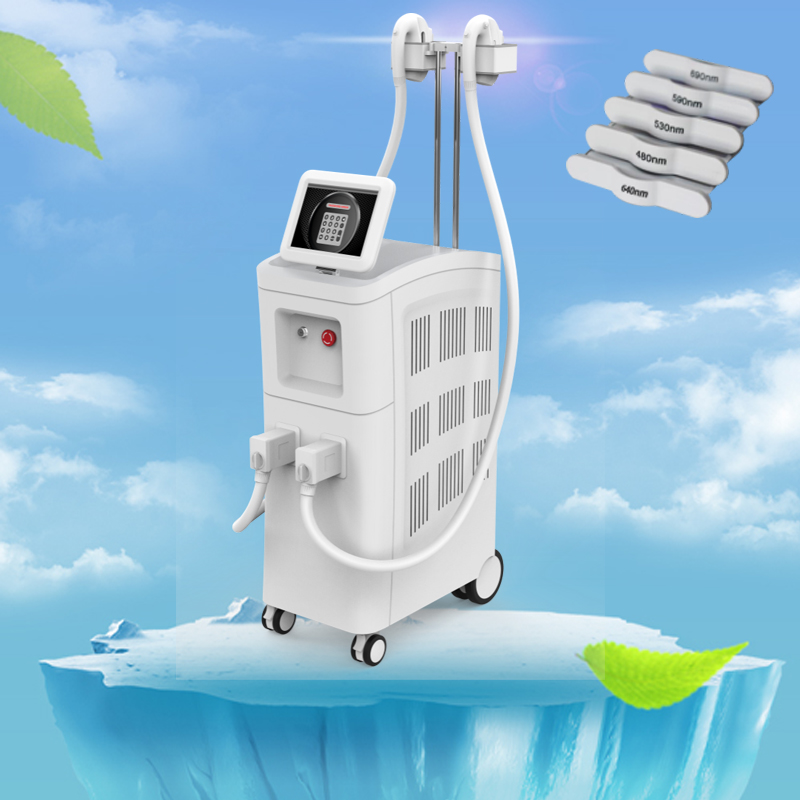Your Complete Guide to CO2 Laser Resurfacing
Author:baishilf Time:2024-04-30 15:15:15
CO2 laser resurfacing uses targeted beams of light to remove the superficial layer of your skin. This type of CO2 face laser treatment can address cosmetic skin issues, such as fine or deep lines, wrinkles, and acne scars. This laser can treat areas of skin discoloration, like sunspots and age spots. Read on to learn everything you need to know about CO2 laser resurfacing.
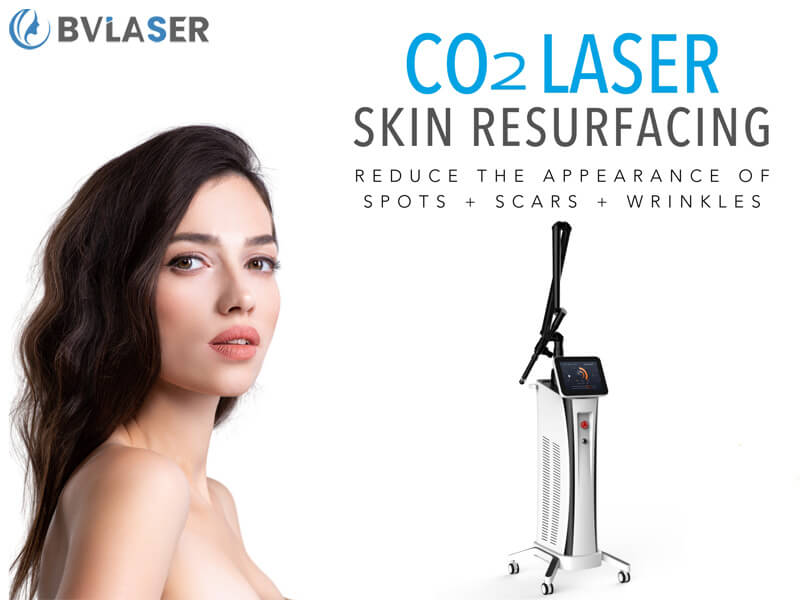
How does CO2 laser resurfacing work?
CO2 laser resurfacing uses pulses of laser light. These beams penetrate the skin’s surface, where water in the skin cells absorbs them. When this happens, the epidermis, or superficial layer of your skin, is vaporized. The dermis, or middle layer, heats up, stimulating the growth of new collagen fibers. As the area heals, new firmer, smoother skin replaces the old layers.
During CO2 laser resurfacing, a cosmetic surgeon or dermatologist can target specific areas of your skin with precision, so the treatment won’t affect the rest of the skin nearby.
How to prepare before CO2 laser treatment
Your dermatologist will give you instructions to prepare for CO2 fractional laser machine treatment. Depending on your medical history, pre-care typically involves:
1.Avoiding tanning or heavy sun exposure for 4 weeks before treatment.
2.Not using medications that cause sun sensitivity, such as doxycycline, for 3 days before treatment
3.Taking an antiviral medication for a few days before and after treatment if you have a history of herpes or shingles
4.Quitting smoking for 2 weeks before and after treatment, since smoking can interfere with healing
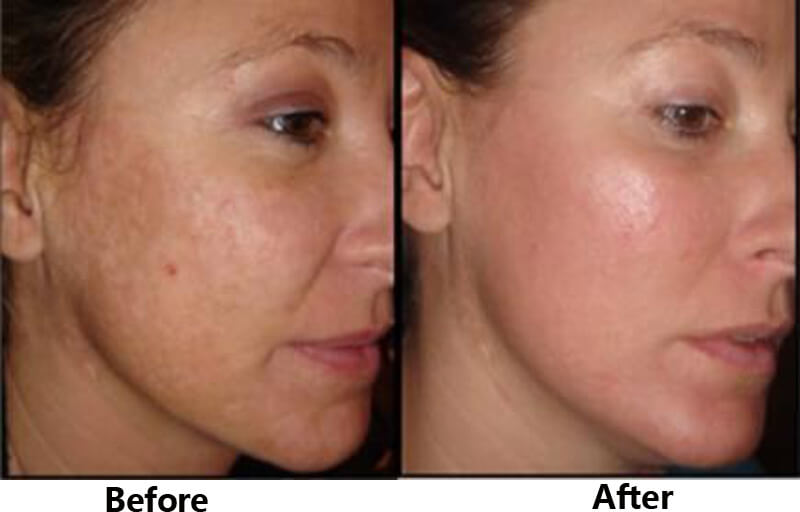
The procedure of CO2 laser resurfacing
Here’s an idea of what to expect on the day of your CO2 laser treatment:
This outpatient procedure generally takes between 30 minutes and 2 hours, depending on the issue being addressed and the area of skin receiving treatment.
CO2 laser resurfacing does involve some pain. The level of pain you experience will depend on the depth and extent of resurfacing, the skill of the dermatologist or surgeon, and your own pain tolerance.
You’ll receive a combination of local anesthetic and a sedative to prevent pain and help you relax. For extensive resurfacing, you may receive general anesthesia so you sleep through the treatment.
Before the CO2 laser resurfacing treatment begins, your skin will be thoroughly cleaned and you’ll receive special eyewear to protect your eyes from the laser.
During the treatment, the dermatologist or surgeon will move the laser wand slowly over the area of skin being treated.
You may receive an ice pack to apply to the treated area for 15 minutes to prevent swelling.
Finally, an antibacterial ointment and nonstick dressing will be applied to the treated skin. Leave this on as instructed, usually for 24 hours.
You may need more than one treatment session, depending on the treatment required and intensity of the laser used.
What are the benefits of CO2 laser resurfacing?
CO2 laser resurfacing can treat numerous cosmetic and medical skin issues, from visible signs of aging and sun damage to scars and skin cancer.
1.Fine lines and wrinkles
CO2 laser resurfacing can lessen the appearance of fine lines and wrinkles. It may prove especially effective on:
Crow’s feet, or lines and wrinkles under and around the eyes.
Lines and wrinkles on the forehead.
Laugh lines, or those appearing around the mouth.
Not only can it reduce the appearance of wrinkles right away, it also encourages collagen production, which can improve the health of your skin over time.
2.Sun-damaged skin
Exposure to UV light may contribute to visible signs of skin aging, such as:
Wrinkles.
Sagging due to decreased elasticity.
Rough and uneven skin texture.
Liver spots and sunspots.
Spider veins.
CO2 laser resurfacing can significantly reduce the appearance of all of the above.
3.Baggy eyes
Loose skin above the upper and lower eyelids can cause what’s commonly known as “baggy” or “hooded eyes.” CO2 laser can help tighten skin, and they may also help improve eyelid skin laxity and minimize the appearance of baggy eyes.
4.Acne scars
CO2 laser treatment helps reduce the appearance of acne scarring by stimulating collagen production that helps tighten and smooth out the scars. That said, it may not work on all types of acne scars.
5.Warts
Dermatologists usually recommend other treatment methods, like over-the-counter remedies or freezing, for warts. But they may use CO2 laser on warts that don’t respond to other treatments.
6.Sebaceous hyperplasia
Sebaceous hyperplasia occurs when sebum gets trapped in an oil gland. When this happens, the gland becomes enlarged and causes a small, waxy bump on the skin, usually on the face. While harmless, some people have them removed for cosmetic reasons.
7.Skin cancer
CO2 lasers can help prevent or treat skin cancers by shrinking and destroying tissue with little bleeding or damage to the surrounding tissue. A dermatologist might use CO2 lasers on pre-cancerous actinic keratoses or, in some cases, to treat certain types of early stage skin cancer.
What’s the co2 laser resurfacing recovery like?
It typically takes 1-2 weeks to recover from CO2 laser resurfacing. Following your dermatologist or surgeon’s aftercare instructions will help with healing and lower your risk of complications.
Here’s what to expect during the recovery process:
1.Your skin will feel raw for the first few days and may feel like a sunburn with itching, stinging, and peeling.
2.Your skin may blister, ooze a yellow liquid, and crust over.
3.After about 5-7 days, your skin will become dry and start to peel. The skin beneath may have a pink or pale appearance that will gradually take on your skin color.
These tips can help you during the healing process:
1.Avoid rubbing, scratching, or picking at your skin.
2.Cleanse the treated skin as instructed by your doctor, usually 2-5 times a day with saline or a vinegar solution.
3.Apply a thin layer of moisturizer or antibacterial ointment twice a day, as recommended by your doctor.
4.Apply an ice pack wrapped in a clean, soft towel to the area as needed during the first 24-48 hours.
5.Sleep with your head elevated to help with swelling.
6.Once your skin heals, wear clothing that covers the area or apply sunscreen formulated for sensitive skin every time you go outdoors.
When performed by an experienced cosmetic surgeon or dermatologist, CO2 laser resurfacing can rejuvenate your skin and treat certain skin conditions.





